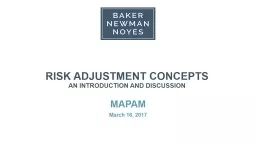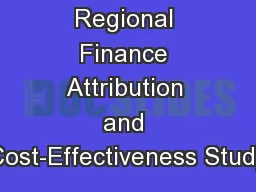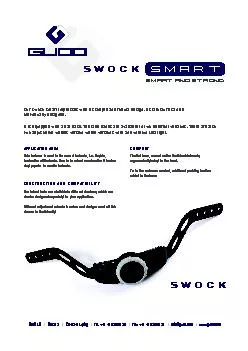PPT-Study Recommendations: Regional Cost Adjustment
Author : mary | Published Date : 2023-11-04
Amanda Brown and Justin Silverstein APA District Characteristic Adjustments In any base and weight scenario the study team also recommends providing three additional
Presentation Embed Code
Download Presentation
Download Presentation The PPT/PDF document "Study Recommendations: Regional Cost Adj..." is the property of its rightful owner. Permission is granted to download and print the materials on this website for personal, non-commercial use only, and to display it on your personal computer provided you do not modify the materials and that you retain all copyright notices contained in the materials. By downloading content from our website, you accept the terms of this agreement.
Study Recommendations: Regional Cost Adjustment: Transcript
Download Rules Of Document
"Study Recommendations: Regional Cost Adjustment"The content belongs to its owner. You may download and print it for personal use, without modification, and keep all copyright notices. By downloading, you agree to these terms.
Related Documents














